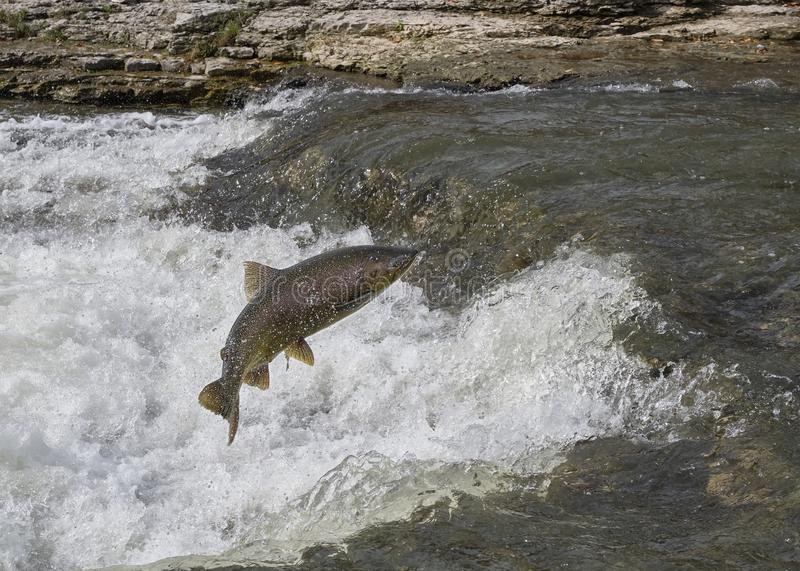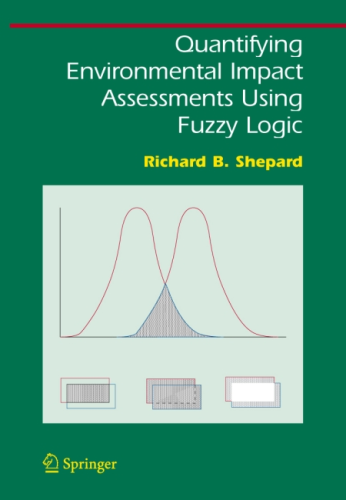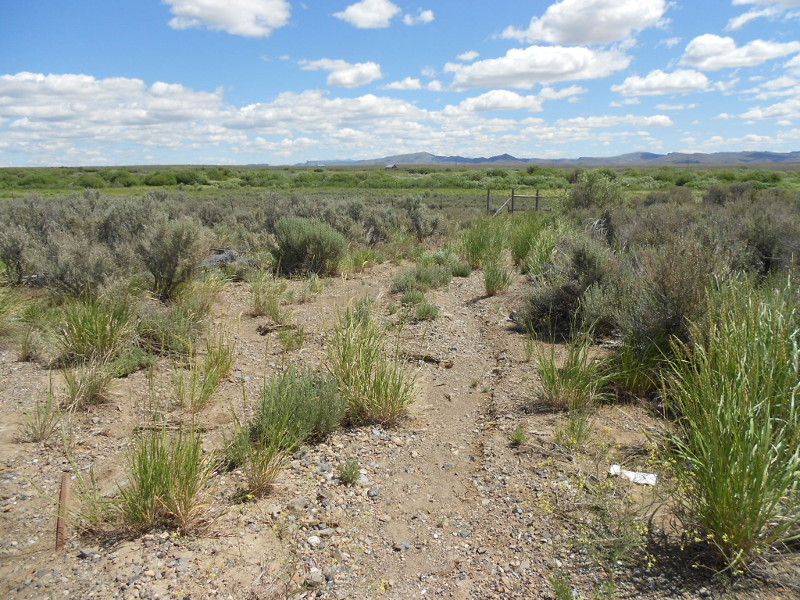-
Maximum Concentration Limits
Categories: Estimated reading time: 2 minutes
Much has changed since the Clean Water Act (CWA) was passed in 1972, but not how water quality is regulated. Existing environmental data analyzed with advanced statistical models can bring CWA regulatory compliance into the 21st century. With global warming, and societal concerns about sustainability, modernizing regulatory compliance benefits everyone. The use of maximum concentration limits (MCLs) on individual chemical ions or collections such as total dissolved solids (TDS) applied to all water bodies regardless of type or geographic location is similar to the way medicine was practiced centuries ago when we did not understand human physiology and variability. -
Metals and Aquatic Life
Categories: Estimated reading time: 2 minutes
Dissolved metals such as copper, cadmium, and zinc can be toxic to aquatic life, particularly fish. The current tool used to estimate site-specific water quality criteria for a metal is the biotic ligand model (BLM). The BLM intends to quantify how water chemistry affects chemical speciation and biological availability of metals in aquatic ecosystems. This is important because bioavailability and bioreactivity of metals control their potential for acute or chronic harm. -
Nepa Compliance Howto
Categories: Estimated reading time: 2 minutes
When complying with NEPA requirements you benefit from submitting technically sound, legally defensible documents to regulators. NEPA, CEQ regulations, and agency directives describe in detail what is to be done in preparing an EA or EIS that is compliant with the law and all regulations. It does not direct staff or external contractors how each requirement is to be met. This blog post presents specific requirements and explains how using a quantitative approximate reasoning model, fulfills these requirements so that the results are demonstrably technically sound and legally defensible. -
Understanding relationships between organisms and their habitats is important to operators and regulators, as well as being critical to managing species with low population levels. Pacific salmon in the Columbia River system and sage grouse and Lahontan cutthroat trout in the Great Basin are among many examples where understanding the factors limiting the presence or number of individuals in a defined area need to be quantified in a technically sound and legally defensible way.
-
The relationship between a company requiring environmental permits and environmental regulators is equivalent to that of a prospective house buyer and a real estate agent. Until the early 1990s all real estate agents and brokers were required by statute to represent only the seller’s interests; most still are. This means a buyer has to be aware of the agent’s agenda (get more money for the seller and his commission) and act to protect his interests.
-
Across the western US drought, wildland fires, cheatgrass, Western juniper, Lahontan cutthroat trout, bull trout, salmon, bald eagles, desert tortoise, and sage grouse all affect where and how natural resource companies operate. Project planning and approvals can be greatly facilitated by application of advanced statistical and spatial models to environmental data. Causal relationships between explanatory variables such as habitat, food, and predators to response variables (species numbers and distributions) are explained by linear regression models.
-
Profitting From Your Environmental Data
Categories: Estimated reading time: 2 minutes
Across the western US drought, wildland fires, cheatgrass, Western juniper, Lahontan cutthroat trout, bull trout, salmon, bald eagles, desert tortoise, and sage grouse all affect where and how natural resource companies operate. Project planning and approvals can be greatly facilitated by application of advanced statistical and spatial models to environmental data. Causal relationships between explanatory variables such as habitat, food, and predators to response variables (species numbers and distributions) may be explained by linear regression models. -
Natural ecosystems are complex and highly variable at multiple size scales. Because of the difficulties of accurately summarizing complexity and variability in an index number, regulators often require a reference area for comparison with a proposed or reclaimed project area. Agreement on a suitable reference area may be a requirement prior to permitting or bond-release decisions for mining and logging operations. It is common for selection of an acceptable reference area to take a long time.
-
Reference Areas
Categories: Estimated reading time: 2 minutes
Natural ecosystems are complex and highly variable at multiple size scales. Because of the difficulties of accurately summarizing complexity and variability in an index number, regulators often require a reference area for comparison with a proposed or reclaimed project area. Agreement on a suitable reference area may be a requirement prior to permitting or bond-release decisions for mining and logging operations. It is common for selection of an acceptable reference area to take a long time. -
Regulatory Data Models
Categories: Estimated reading time: 2 minutes
Natural resource companies do not object to environmental regulations that are consistent and support predictability. Consistency and predictability are critical for decision making under conditions of uncertainty. Natural ecosystems are inherently variable across a broad range of temporal and spatial scales; climate change, drought, and societal desires for sustainability make people more aware of this variability. The science used for development and enforcement of environmental regulations has not kept pace with developments in ecological theory and the analytical tools capable of describing, characterizing, classifying, and predicting natural ecosystems as well as distinguishing natural variability from anthropogenic changes.





